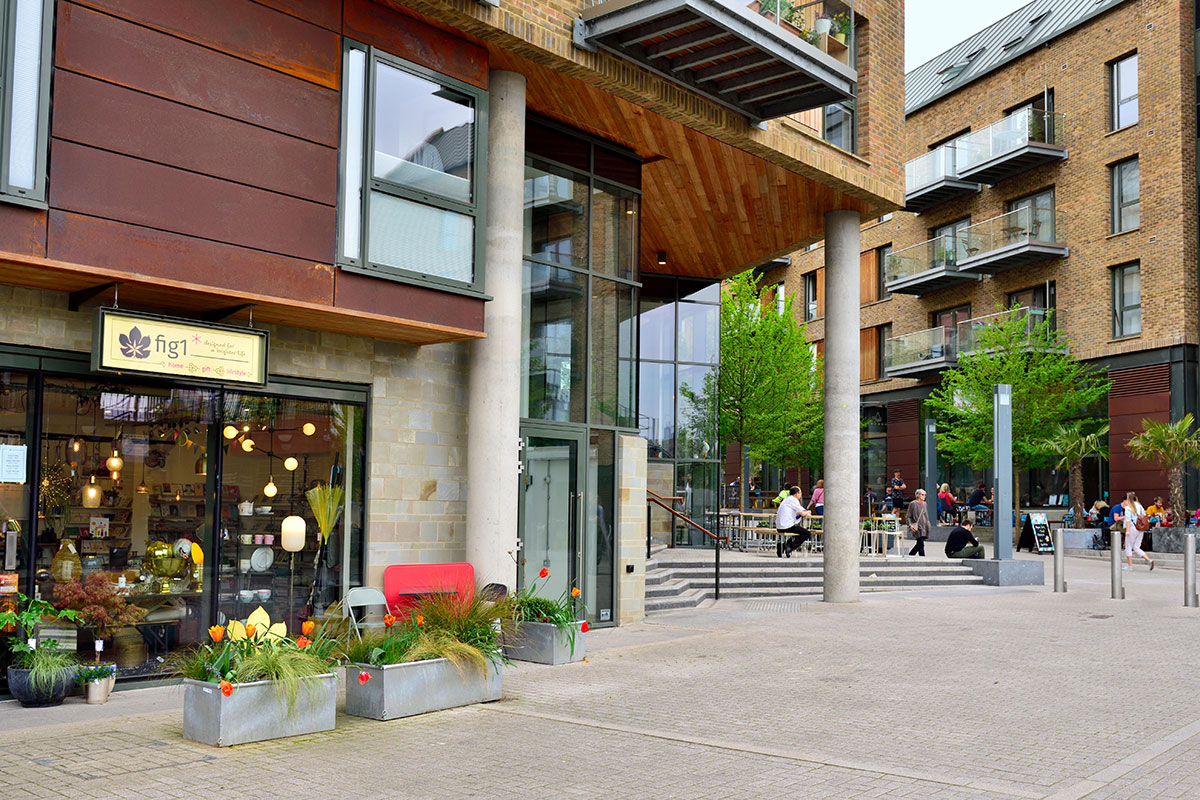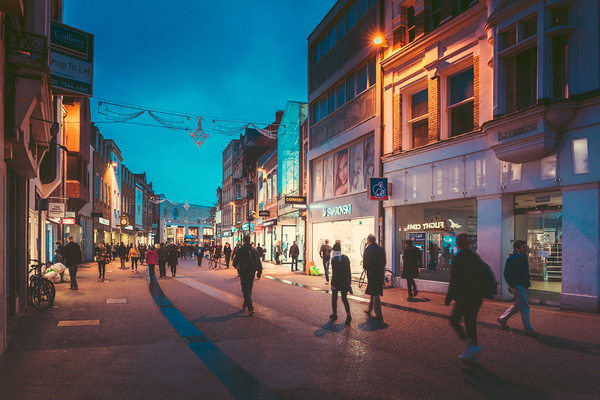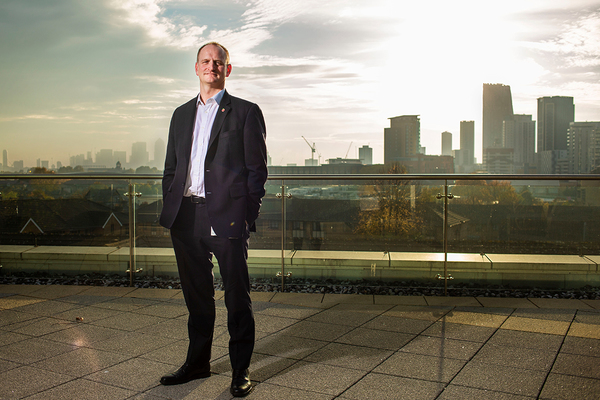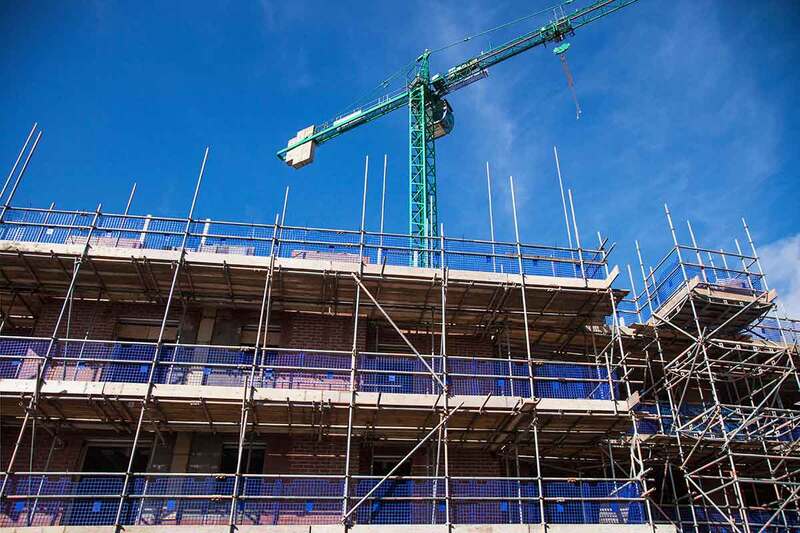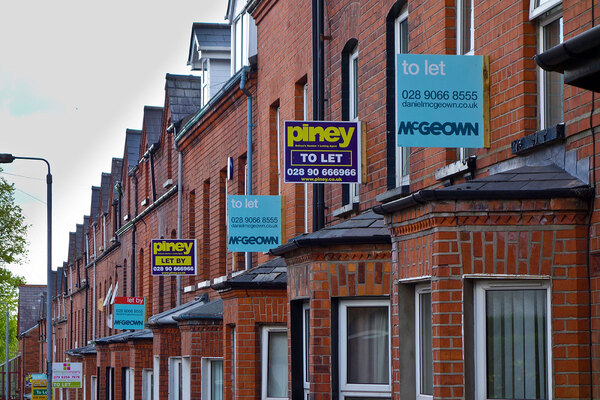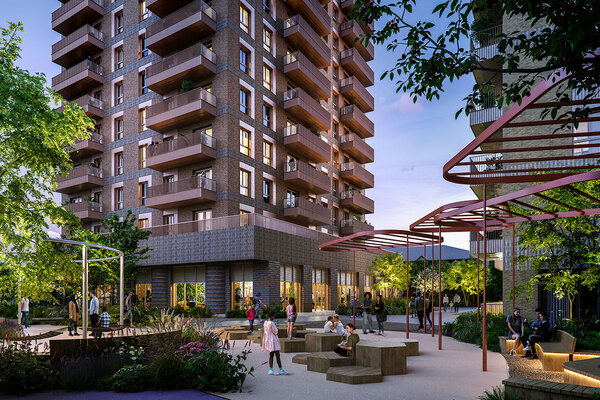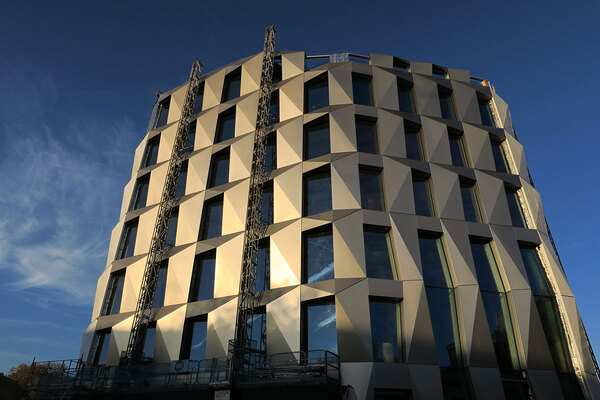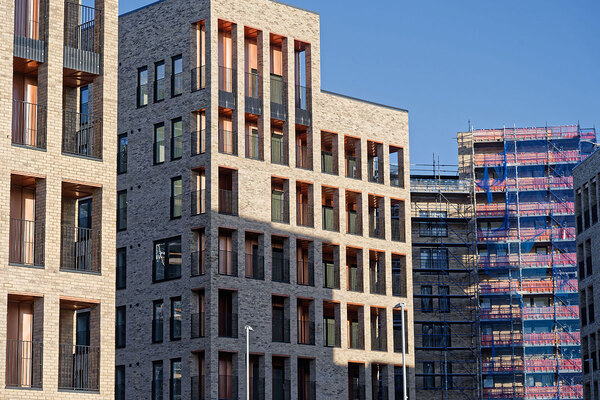
Daniel Leon is director of Square Feet Architects
The UK needs to be smart about mixed-use developments
By breaking away from the traditional mould, mixed-use developments can become vibrant spaces that cater to the diverse needs of residents and businesses alike, writes Daniel Leon
The UK’s property markets are facing unprecedented challenges, with both the commercial and residential sectors experiencing significant setbacks. Office vacancies in London have reached a nine-year high, while the chronic housing shortage continues to plague cities like London.
With the Bank of England’s latest interest rate hike bringing rates to a 15-year high, households and businesses across the UK face extra pressure during the ongoing cost of living crisis. With more rate hikes likely in the upcoming months, there is a dire need for a solution.
To address these issues and create urban environments fit for the future, it is crucial to explore innovative approaches such as new-generation, smartly built mixed-use developments.
In the past, mixed-use developments were often synonymous with massive structures housing offices, flats and retail spaces all under one roof. However, architects are leading the charge in taking a more innovative approach to design, emphasising creativity and integration with the surrounding community.
By breaking away from the traditional mould, mixed-use developments can become vibrant spaces that cater to the diverse needs of residents and businesses alike. Imagine living in a building where your workplace, favourite restaurant and leisure activities are just an elevator ride away, creating a truly interconnected urban experience.
The rise of hybrid working, accelerated by the pandemic, has permanently altered the way we perceive workspaces. As remote work becomes more prevalent, mixed-use developments are being reimagined to accommodate this shift.
“Integrating affordable housing units alongside market rate homes and commercial spaces ensures that communities remain diverse and inclusive”
There is now a greater emphasis on incorporating leisure facilities and restaurants to create dynamic environments that cater to both residents and those who work remotely. Furthermore, technological integration is at the forefront of these developments, ensuring that smart infrastructure supports seamless home-working experiences and enhances overall quality of life.
As we tackle the challenges posed by urbanisation and environmental degradation, it is evident that building up or out is no longer a sustainable solution. Instead, we must focus on building smart. Mixed-use developments, with their blend of residential, commercial, and communal spaces, are proving to be a promising answer.
These developments not only maximise the efficient use of urban land but also address the critical need for greater sustainability and focus on community well-being. By promoting walkability, reducing the reliance on cars, and encouraging green spaces, smartly built mixed-use projects can contribute to lowering emissions and improving the overall environmental impact of urbanisation.
One of the most pressing issues in the UK’s property landscape is the shortage of affordable housing, especially in major cities like London. This is where mixed-use developments can make a positive social impact. By incorporating social housing initiatives within these projects, architects and developers can play a crucial role in easing the housing shortage.
Integrating affordable housing units alongside market rate homes and commercial spaces ensures that communities remain diverse and inclusive. Moreover, mixed-use developments foster a sense of community and connection, providing residents with access to essential amenities and services that contribute to a warmer public realm.
Too often, new social housing is built on remote and underdeveloped sites that lack access to functioning infrastructure. This carries exorbitant costs for those having to commute to find work and access healthcare and basic amenities. The most disadvantaged members of our communities, who are most in need of social housing, should not be forced to spend more money on transport as a result.
“As we tackle the challenges posed by urbanisation and environmental degradation, it is evident that building up or out is no longer a sustainable solution”
This is where mixed-use developments can be a holistic solution for functional social housing that integrates its residents rather than excluding them from their communities.
Notably, mixed-use developments also offer a practical solution to the problem of urban sprawl. Rather than consuming valuable greenfield land on the outskirts of cities, these developments encourage the redevelopment of existing sites. By repurposing and revitalising underutilised areas within urban centres, we can create sustainable, efficient and environmentally friendly spaces that mitigate the need for sprawling, car-dependent suburbs. Michael Gove’s plans to increase urban density and boost productivity in UK cities by 2040 will depend on developments like these.
The UK’s property markets are facing significant challenges, requiring innovative solutions to create thriving urban environments fit for the future. Smartly built mixed-use developments offer a promising path forward. These developments embrace creativity, sustainability and community integration while also addressing the critical need for affordable housing
By rethinking the way we design and utilise urban spaces, we can foster inclusive and resilient communities that stand as a testament to progressive and forward-thinking architecture. It is time to embrace the potential of mixed-use developments and unlock the future of Britain’s cities.
Daniel Leon, director, Square Feet Architects
Sign up for our development and finance newsletter
Already have an account? Click here to manage your newsletters
